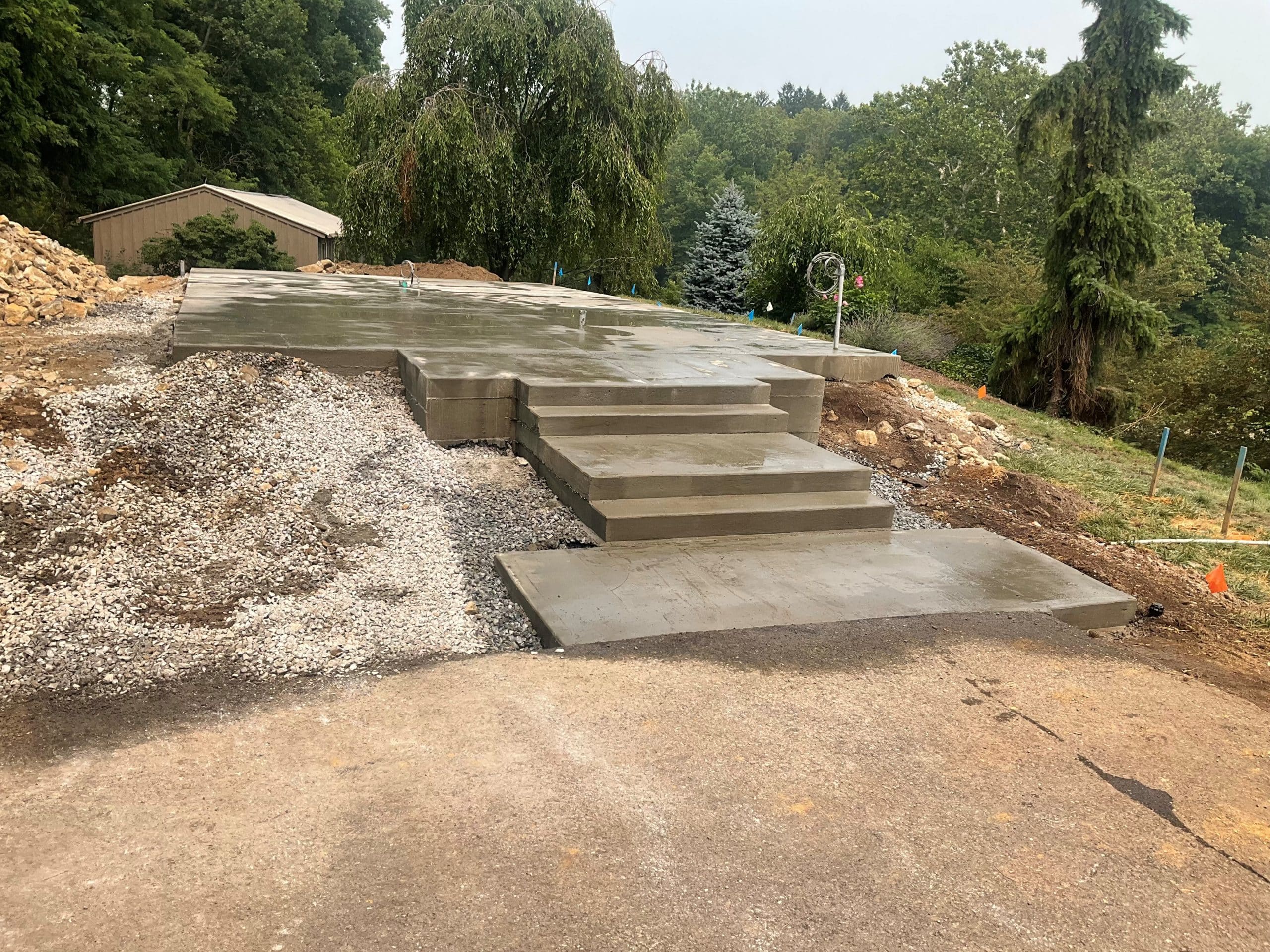The right choice depends on factors such as shed size, soil type, climate, and budget. This article outlines 13 shed foundation options, detailing their advantages, limitations, and best applications to help you make an informed decision.
1. Poured Concrete Slab
A poured concrete slab offers a robust and permanent foundation.
Pros: Highly durable, supports heavy loads, and resists moisture.
Cons: Costly, requires professional installation, and is non-portable.
Best for: Large sheds or those used for heavy storage or workshops.
2. Concrete Paver Base
Concrete pavers create a stable and attractive foundation with less effort than a slab.
Pros: Affordable, easy to install, and customizable in design.
Cons: May shift in freeze-thaw conditions if not properly compacted.
Best for: Small to medium sheds with moderate weight.
3. Gravel Base
A gravel base is a simple, cost-effective option that promotes drainage.
Pros: Budget-friendly, easy to level, and excellent for drainage.
Cons: Less stable for heavy sheds and may need occasional re-leveling.
Best for: Small sheds or temporary structures.
4. Concrete Block Foundation
Concrete blocks, either solid or hollow, can be arranged to support a shed.
Pros: Inexpensive, adjustable, and quick to set up.
Cons: Prone to shifting and requires precise leveling.
Best for: Lightweight sheds on stable ground.
5. Pressure-Treated Timber Frame
A wooden frame, often filled with gravel or placed on blocks, provides a versatile base.
Pros: Affordable, portable, and simple to construct.
Cons: Vulnerable to rot without proper treatment and maintenance.
Best for: Small sheds in dry climates.
6. Plastic Grid System
Plastic grid systems are lightweight, interlocking panels designed for shed bases.
Pros: Easy to install, eco-friendly, and promotes drainage.
Cons: Not suitable for heavy sheds and may crack under stress.
Best for: Small, lightweight sheds or garden storage.
7. Skid Foundation
Skids are pressure-treated beams that allow the shed to rest on the ground or a gravel base.
Pros: Portable, cost-effective, and quick to install.
Cons: Limited stability for larger sheds and may settle unevenly.
Best for: Small, movable sheds.
8. Concrete Pier and Beam
This foundation uses concrete piers with wooden beams to elevate the shed.
Pros: Ideal for sloped sites, improves airflow, and prevents moisture buildup.
Cons: More complex and may require professional installation.
Best for: Medium to large sheds on uneven terrain.
9. Brick Paver Foundation
Brick pavers offer a decorative and durable alternative to concrete pavers.
Pros: Visually appealing, long-lasting, and easy to repair.
Cons: More expensive than concrete pavers and requires a stable base.
Best for: Small to medium sheds with an emphasis on aesthetics.
10. Crushed Stone Pad
Crushed stone provides a simple base, often used alone or as a sub-base.
Pros: Low cost, excellent drainage, and easy to install.
Cons: May shift without containment and is less stable for heavy sheds.
Best for: Budget projects or as a base layer for pavers.
11. Wooden Deck Foundation
A raised wooden deck serves as a sturdy and attractive shed foundation.
Pros: Elevates the shed, customizable, and visually appealing.
Cons: Higher cost and requires regular maintenance to prevent rot.
Best for: Sheds used as workshops or recreational spaces.
12. Helical Screw Piles
Screw piles are metal anchors driven into the ground to support the shed.
Pros: Highly stable, suitable for uneven or unstable soil, and quick to install.
Cons: Expensive and may require specialized equipment.
Best for: Large sheds in challenging soil conditions.
13. Floating Concrete Slab
A floating slab is a thinner, less reinforced concrete foundation.
Pros: More affordable than a full slab and suitable for stable soils.
Cons: Less durable in freeze-thaw climates or for heavy loads.
Best for: Medium sheds in mild climates.
Factors to Consider When Choosing a Foundation
To select the best foundation, evaluate these key factors:
Shed Size and Purpose: Heavier or larger sheds need stronger foundations like concrete or screw piles.
Soil and Climate Conditions: Unstable soils or freeze-thaw cycles require elevated or well-draining options.
Budget Constraints: Gravel or concrete blocks are cost-effective, while concrete slabs and decks are pricier.
Mobility Needs: Portable sheds benefit from skids or plastic grids for easy relocation.
Local Building Codes: Check regulations, as some areas mandate specific foundation types or permits.
Conclusion
A well-chosen shed foundation https://www.siteprep.com/articles/shed-foundation-options/ ensures stability, protects against moisture, and extends the life of your structure. From cost-effective gravel pads to durable concrete slabs, these 13 options offer solutions for various shed types, budgets, and site conditions. Assess your needs and local factors to select the foundation that best supports your shed and enhances its functionality.








